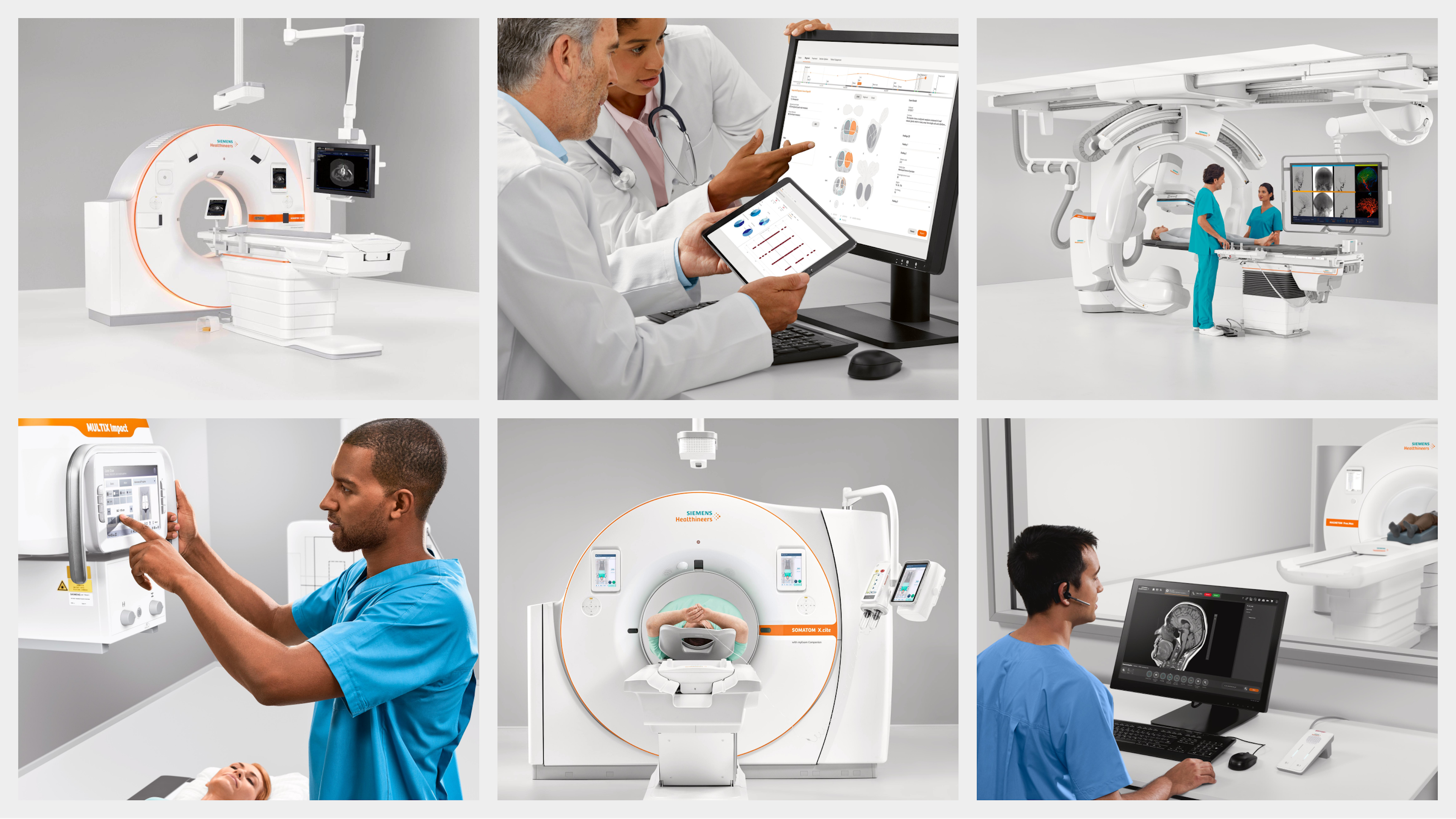Shui
developing design systems for user interface consistency and increased internal productivity
work experience
siemens healthineers / nov 2017 to nov 2022
collaborators
siemens healthineers design team, ideo
contribution
interaction design, visual design, front-end development
Project Overview
Harmonizing Design Language for Siemens Healthineers
My contributions to the development of the Shui design system helped establish a cohesive design language across the Siemens Healthineers product portfolio, improving user experience, reducing design and engineering time, and winning prestigious design awards.
Role & contributions
When Siemens Healthineers became a separate entity in 2017, the design organization faced the challenge of creating a unified identity and user experience across its vast and diverse product portfolio. Years of growth and acquisitions had resulted in inconsistencies in visual design and user interactions, hindering brand recognition and user efficiency.
As a core member of a small, dedicated team, we were tasked with scaling and developing Shui, a comprehensive design system aimed at harmonizing the design language for Siemens Healthineers.
Working collaboratively with designers, engineers, and product managers, we focused on establishing a robust and scalable foundation that could be adopted across new and existing products.
This involved defining core principles, creating reusable components and patterns, and developing guidelines for visual design and interaction design. Additionally, I actively evangelized the design system within the company, showcasing its benefits and providing support to product teams during implementation to support seamless and progressive adoption into legacy product lines.

Shui's impact & recognition
In just a few years, Shui has become the go-to design system for developing new products at Siemens Healthineers and is gradually being adopted across existing flagship products.
The design system's success is evident not only in its widespread adoption but also in the external recognition it has received, including prestigious awards such as the Red Dot Design Award , UX Design Awards, and German Design Award.
Protected Content
Case Study
To view, please enter the password.
connect
built with/colophon

